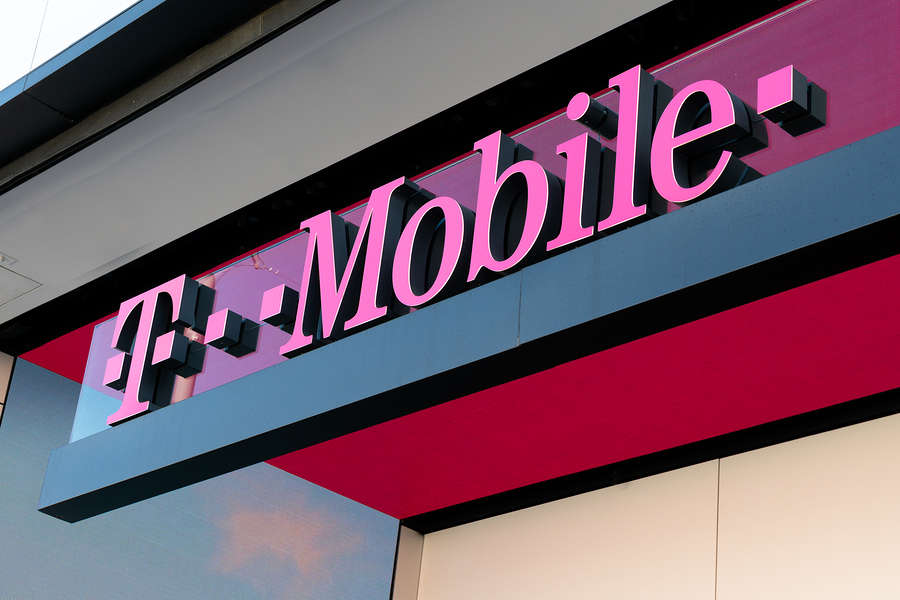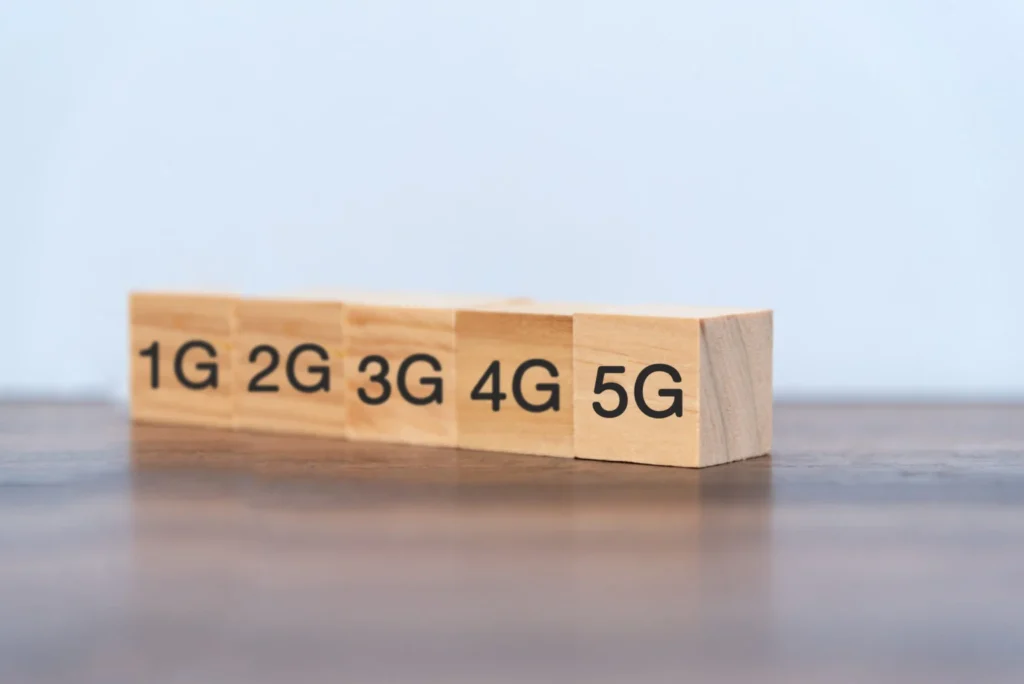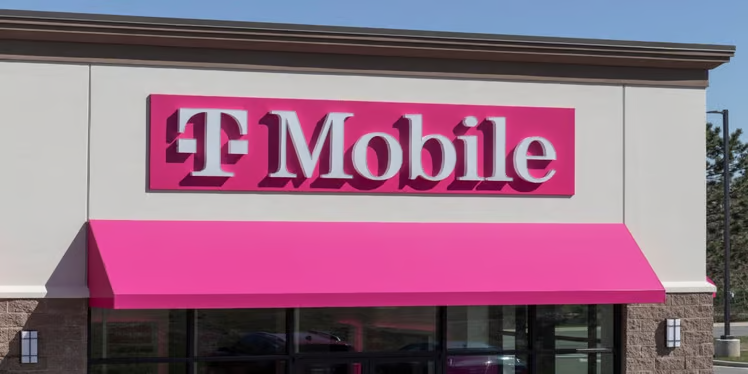With services available to an astounding 96% of Americans, T-Mobile stands out as a significant participant in the constantly changing mobile network market. This post provides a thorough guide about T-Mobile EDGE, perfect for those who are new to the service or are wondering why your device has a strange “EDGE” indicator.

Evolution of T-Mobile from 2G to 5G
T-Mobile, which was founded in 1994, has led the way in the US wireless carrier market. Its presence has been further cemented with the April 2020 merger with Sprint Corp. The network evolves with technology. With data rates as high as 384 Kbps, T-Mobile EDGE, which stands for Enhanced Data Rates for GSM Evolution, is effectively a 2G mobile data standard.
Also Read: Explore The Top 10 Samsung Phones Under 20,000 For 2023
Untangling T-Mobile’s EDGE with Subscription 4G LTE Services
Seeing the “T-Mobile EDGE” sign shouldn’t worry you, even if you have a strong 4G LTE subscription—it’s a planned and smooth transition. When 4G LTE coverage is scarce, your device will automatically switch to 3G or EDGE, which are slower data connections, to provide continuous access. While seeing the EDGE indicator is not troublesome, feeling stuck there all the time requires attention. To find places with poorer signals, do signal checks in various locations. Go into your device’s settings and make sure your battery saver isn’t limiting how much data you use. You should also make sure no network restrictions are in place.

Tips for Troubleshooting: What to Do if You’re at the Edge
1. Check Mobile Network Connection:
- Navigate to the Settings app on your device.
- Click or tap “Cellular Network” or “Mobile Network.”
- Verify that “Data” or “Mobile Data” is enabled and that the appropriate network is chosen.
2. Verify the Signal’s Strength:
- Navigate to “Network & Internet” > “Cellular Network” or “Mobile Network” in Settings.
- Aim for a stronger signal by evaluating the signal strength indicator.
3. Turn off your device:
- Press and hold the power button to bring up the menu.
- Either press “Restart” or “Reboot.”
4. Look for any updates:
- Look for software or system updates in Settings.
- Install and download any updates that are available.
5. Settings for Battery Saver:
- Check the power or battery settings on your device.
- Make sure that data consumption isn’t being limited by the battery-saving option.
6. Reset the network configuration:
- Navigate to Settings > “System” or “General Management” > “Reset.”
- Select “Reset Network Settings” or a related menu item.
Reaching out to T-Mobile Customer Support
The next course of action is to contact T-Mobile customer service if troubleshooting is unsuccessful. They can offer support customised to your circumstances, guaranteeing a prompt conclusion. Their support staff is available to assist you by phone, online chat, or in-person at a T-Mobile shop.
Conclusion
Finally, the flexibility of the network is demonstrated via T-Mobile EDGE. It is vital for consumers to comprehend its place within the wider range of mobile data standards. While serving as a fallback, the EDGE sign guarantees continuous communication. Try using the troubleshooting advice or calling T-Mobile’s committed customer service if problems continue.
Disclaimer: The information provided is based on available sources and may not be 100% accurate. Connectivity experiences may vary depending on individual circumstances.
